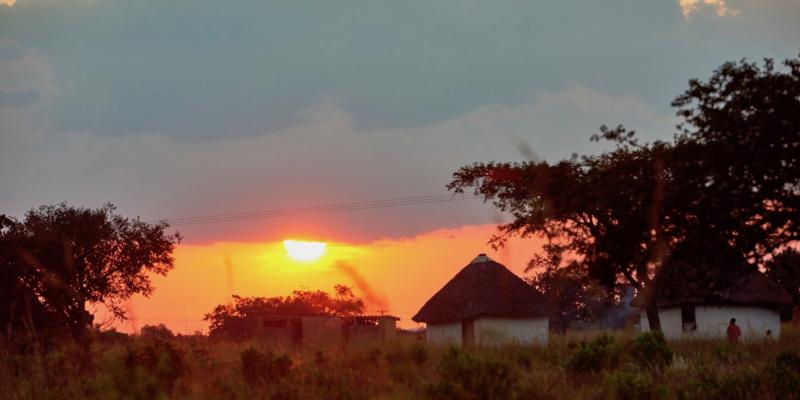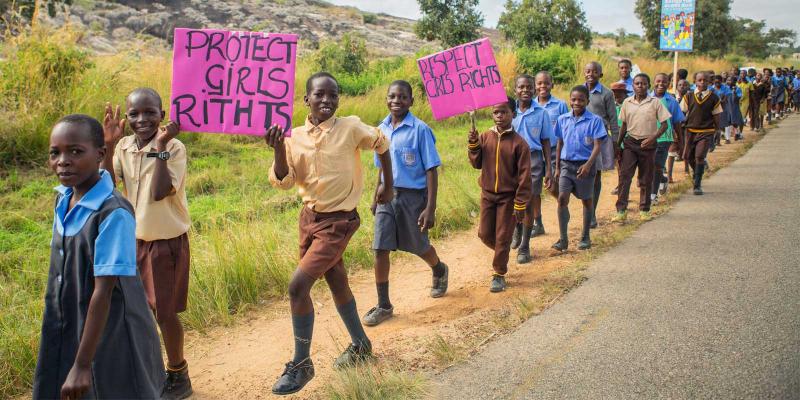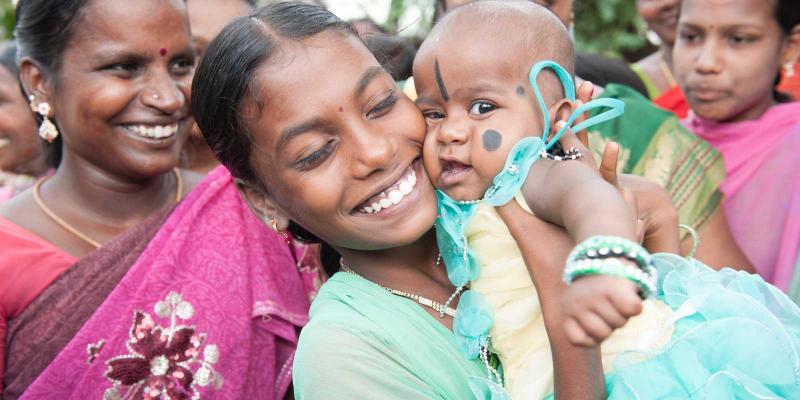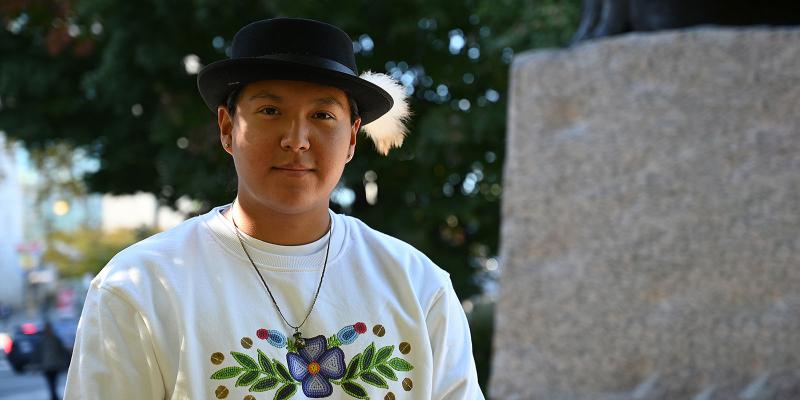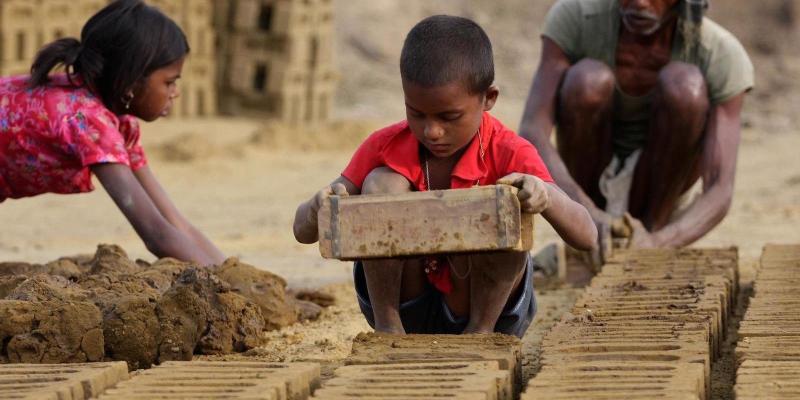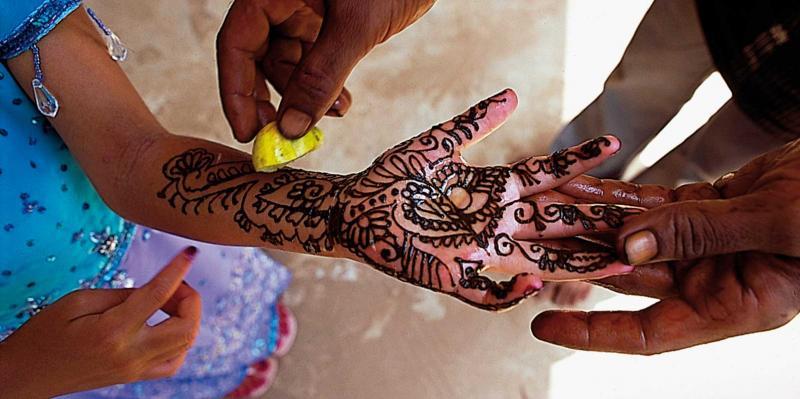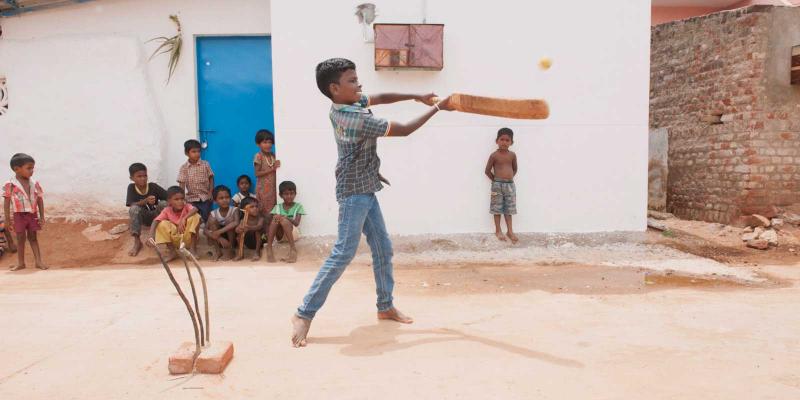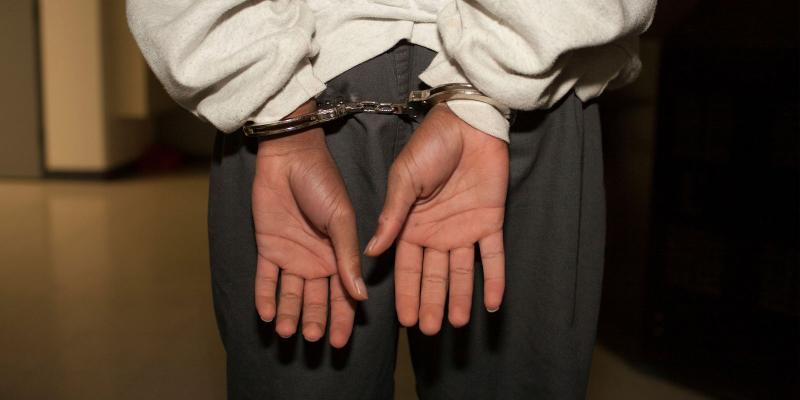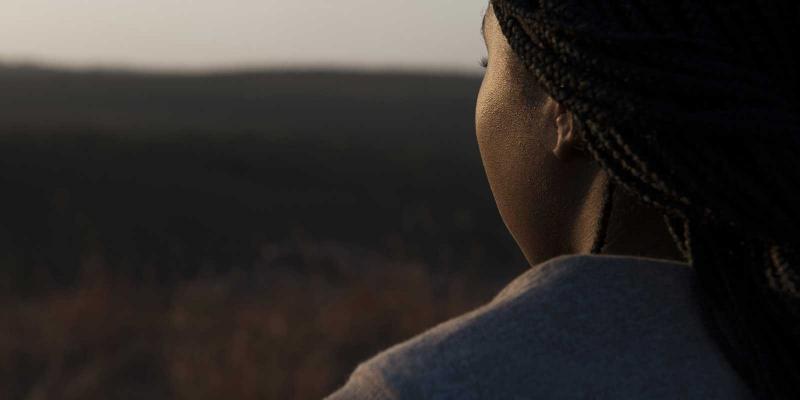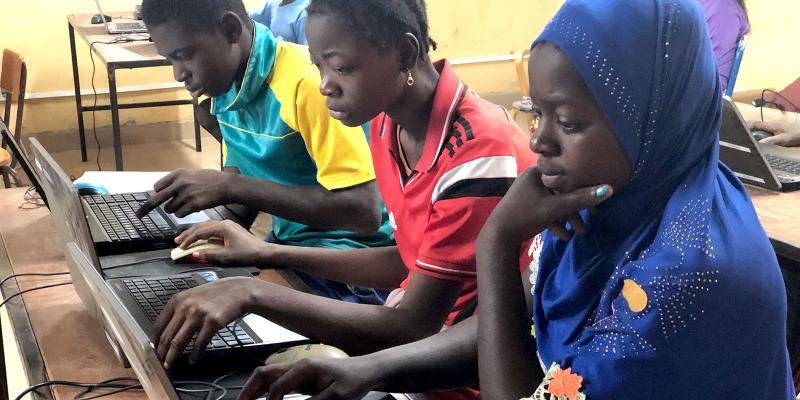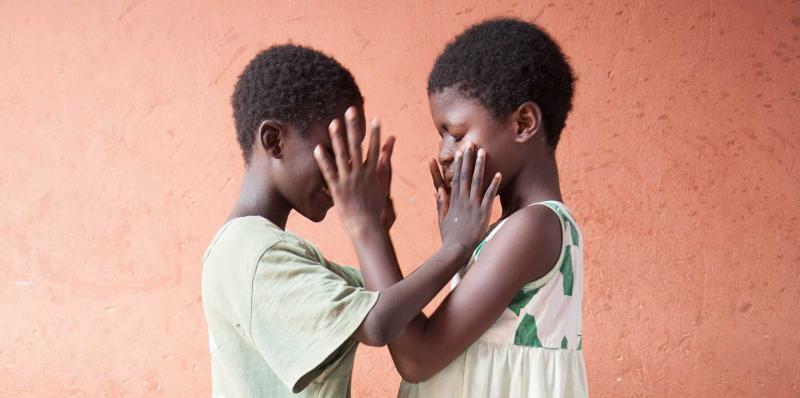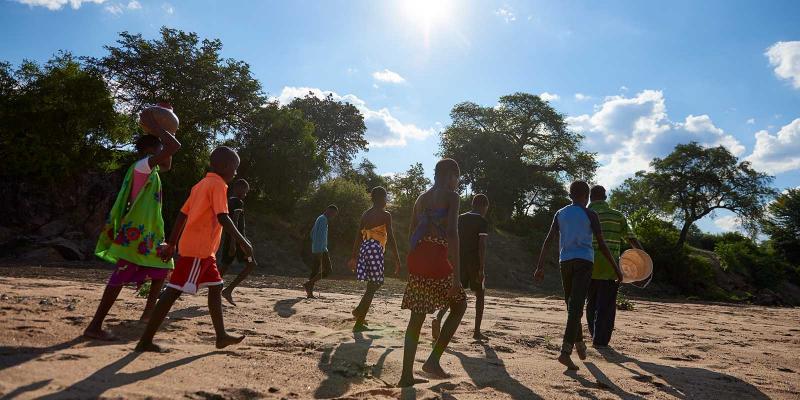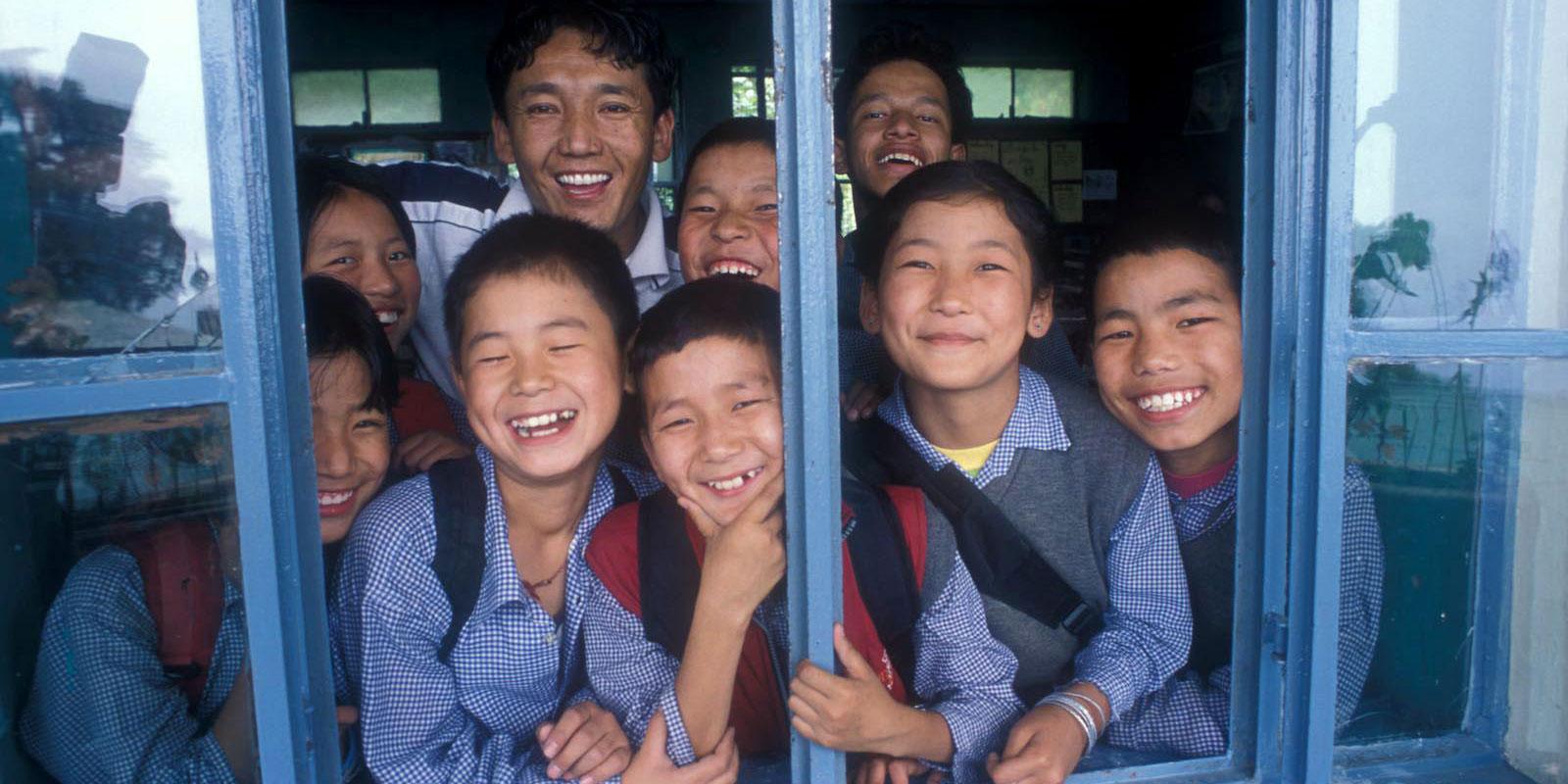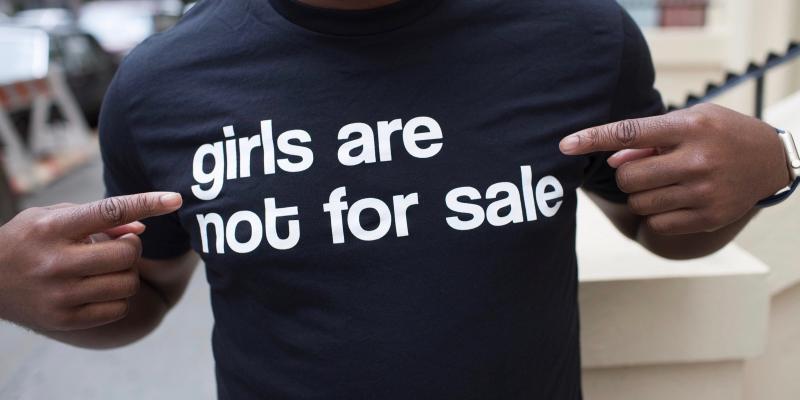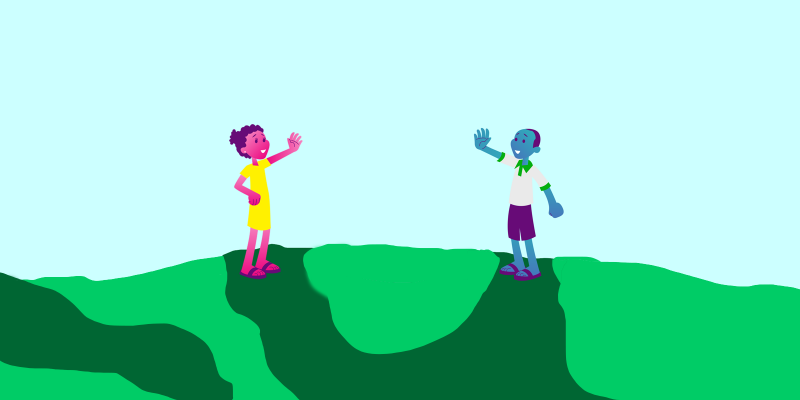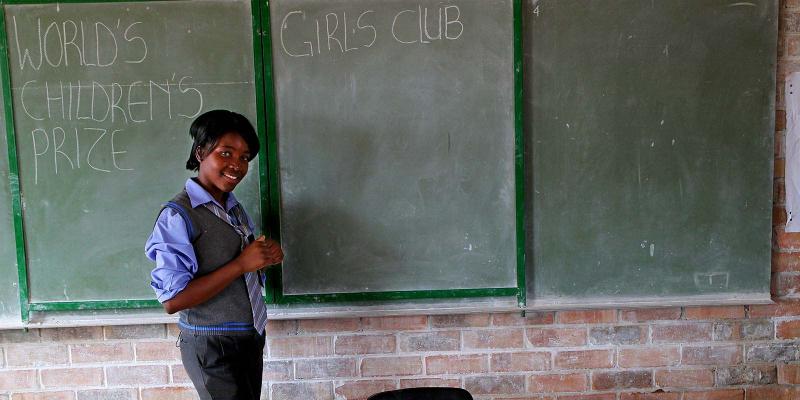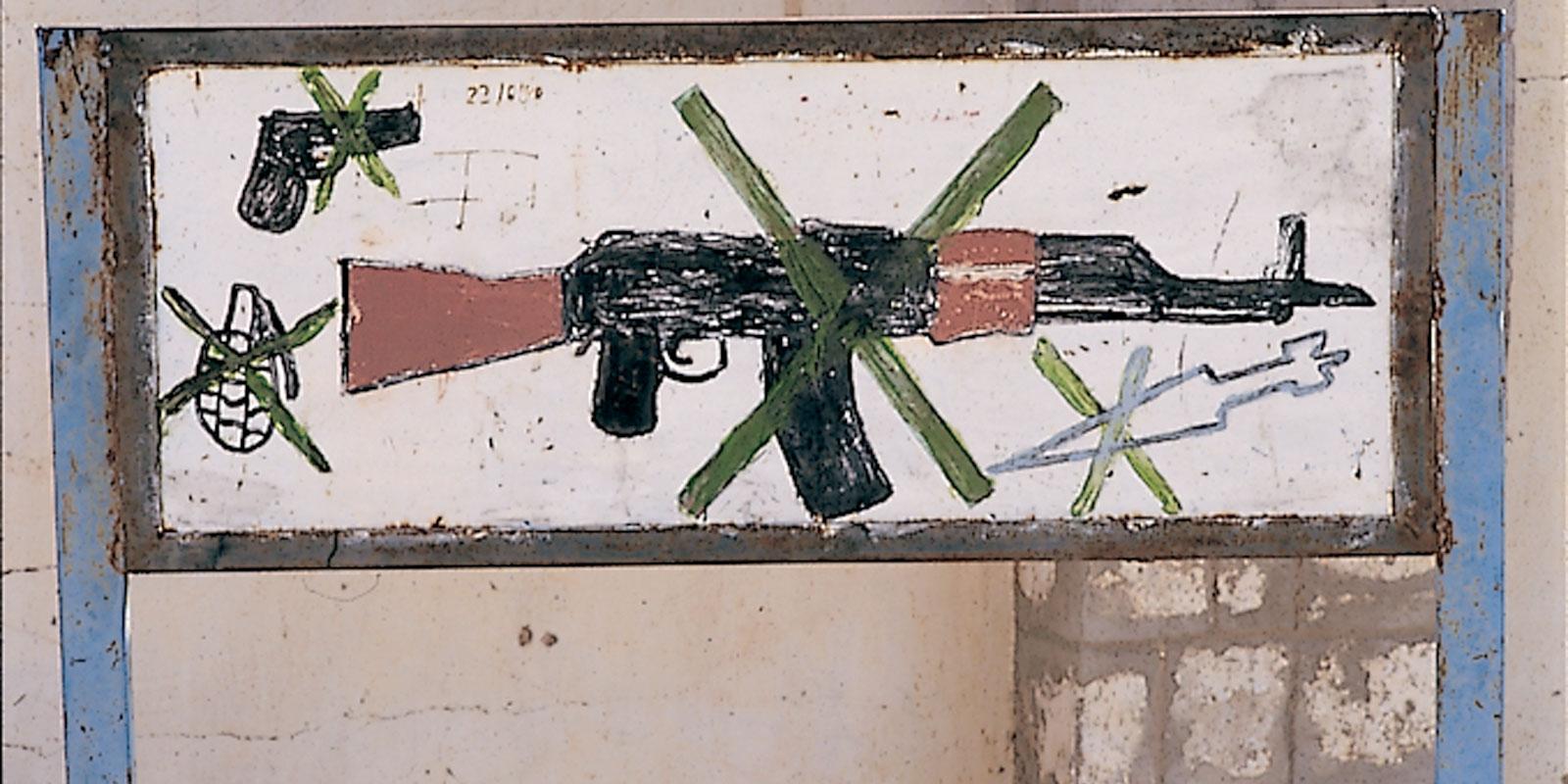
Children are especially vulnerable in war and conflict situations.
Children are killed or injured in war and conflict through everything from crossfire to landmines. through everything from crossfire to landmines. Children are hurt when villages and cities are attacked, bombed, and burned down. In addition to the risk for their own lives and health, many children are orphaned when their parents are killed. Search-and-arrest campaigns or suicide attacks also put children at great risk.
When, for example, explosive weapons are used, the effect on children can be devastating. In 2020 alone, explosive weapons and leftovers of war, such as land mines, were responsible for nearly half of all child casualties in conflict areas). Between 2005 and 2020, more than 104,100 children were killed or injured in total.
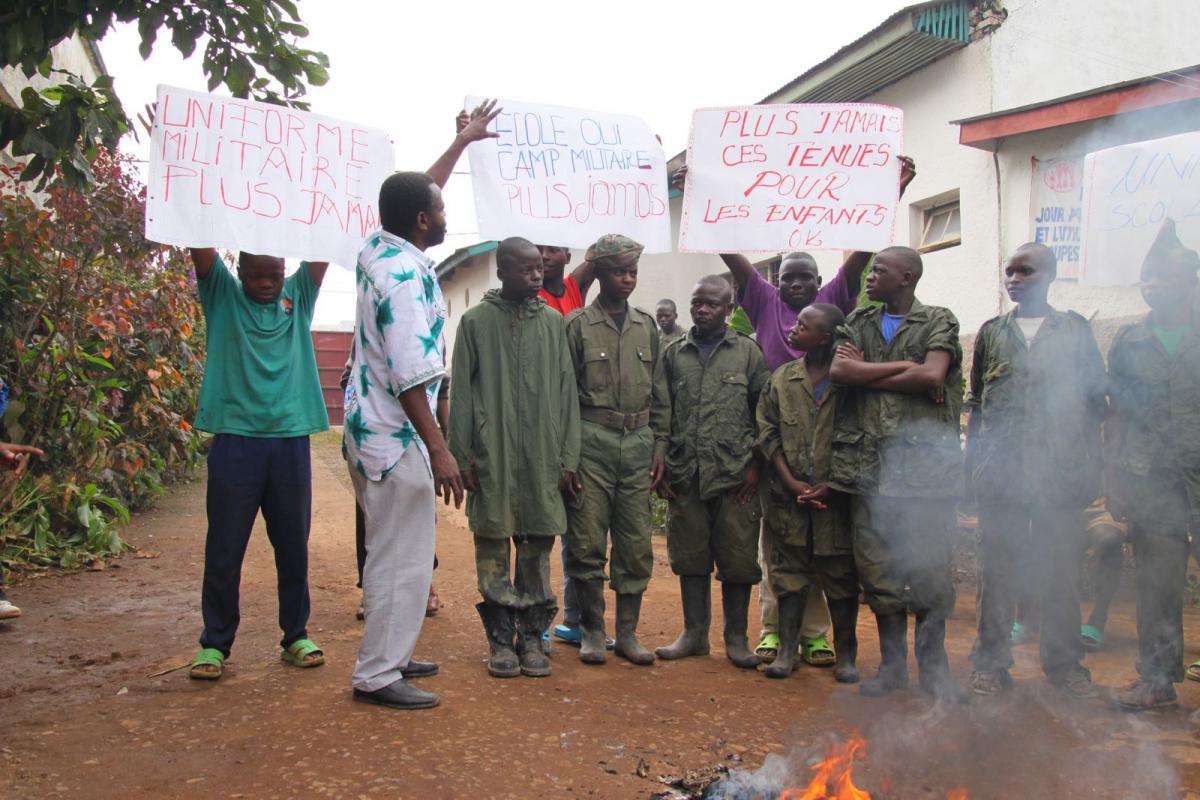
Forced to fight
Between 2005 and 2020, more than 93,000 children were recruited and used in armed forces or armed groups. However, the actual number of children being used in this way is believed to be much higher. Boys and girls are used as, for example, fighters (soldiers), cooks, porters, messengers and/or spies). Many children, in particular girls, are also sexually abused.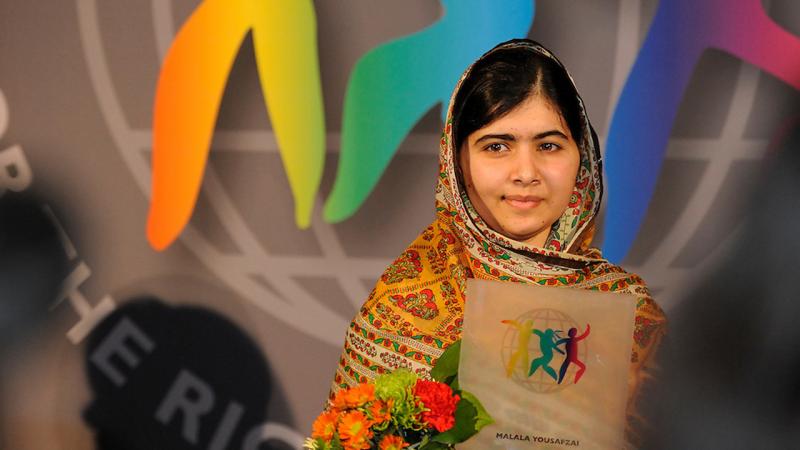
Attacks on schools and hospitals
Too often, schools and hospitals are attacked in war and conflict zones. Sometimes, the buildings are partially or completely destroyed. These attacks on what should be safe and protected spaces for children not only lead to injury and death. It also violates children’s right to education and health and affects their whole lives. Between 2005 and 2020, the United Nations verified more than 13,900 of these attacks. In some cases, schools and hospitals were intentionally targeted by armed forces and terrorists. In other instances, the attackers simply did not take enough time or care to make sure that they would not risk hitting schools or hospitals.
Sexual violence
Sexual violence including rape is often used as a weapon in war and armed conflict. It is not only used to harm the victim but is also meant to humiliate whole communities and drive people away from their homes. Sexual violence has been common in war and conflict, throughout history, all over the world. It includes rape, sexual slavery and/or trafficking, forced prostitution, and forced marriage, or other forms of sexual exploitation and/or abuse. Between 2005 and 2020, armed forces and groups abused at least 14,200 children in this way. However, the true number is thought to be much higher. Because sexual violence often brings shame to the victim and their families, it is perhaps the most under-reported issue affecting children in conflict. The majority of victims are girls (97 percent of reported cases from 2016 to 2020).Kidnapping
Many children are abducted by armed forces and groups during conflicts. It can be about everything from scaring the population to wanting to abuse and use children as, for example, fighters or porters. Whatever the reason, the abduction of a child is one of the most common violations committed against children’s rights in armed conflict. In many cases, children who are abducted are also victims of several serious rights violations, such as killing, injuring, sexual violence, or being forced to fight. They might also be held hostage or be detained for no legal reason. Between 2005 and 2020, at least 25,700 children were abducted by parties involved in conflict. Three quarters of them were boys.Source: Unicef 2021
Related stories
Långgatan 13, 647 30, Mariefred, Sweden
Phone: +46-159-129 00 • info@worldschildrensprize.org
© 2020 World’s Children’s Prize Foundation. All rights reserved. WORLD'S CHILDREN'S PRIZE®, the Foundation's logo, WORLD'S CHILDREN'S PRIZE FOR THE RIGHTS OF THE CHILD®, WORLD'S CHILDREN'S PARLIAMENT®, WORLD'S CHILDREN'S OMBUDSMAN®, WORLD'S CHILDREN'S PRESS CONFERENCE® and YOU ME EQUAL RIGHTS are service marks of the Foundation.



